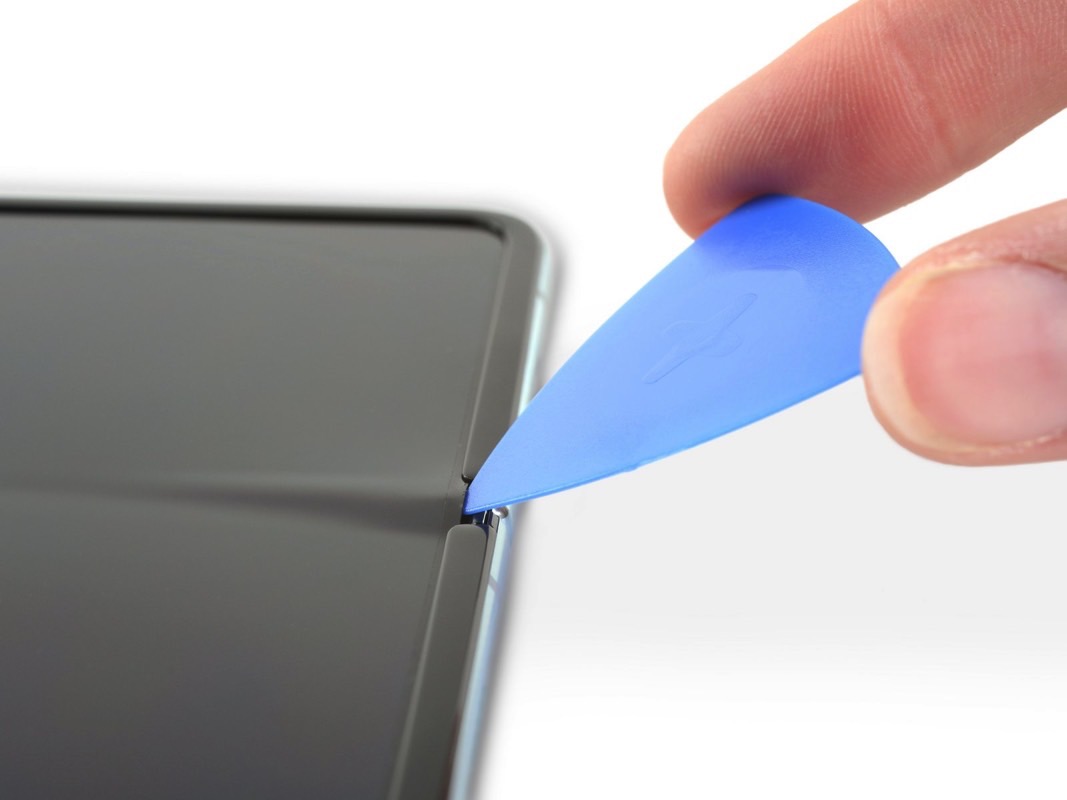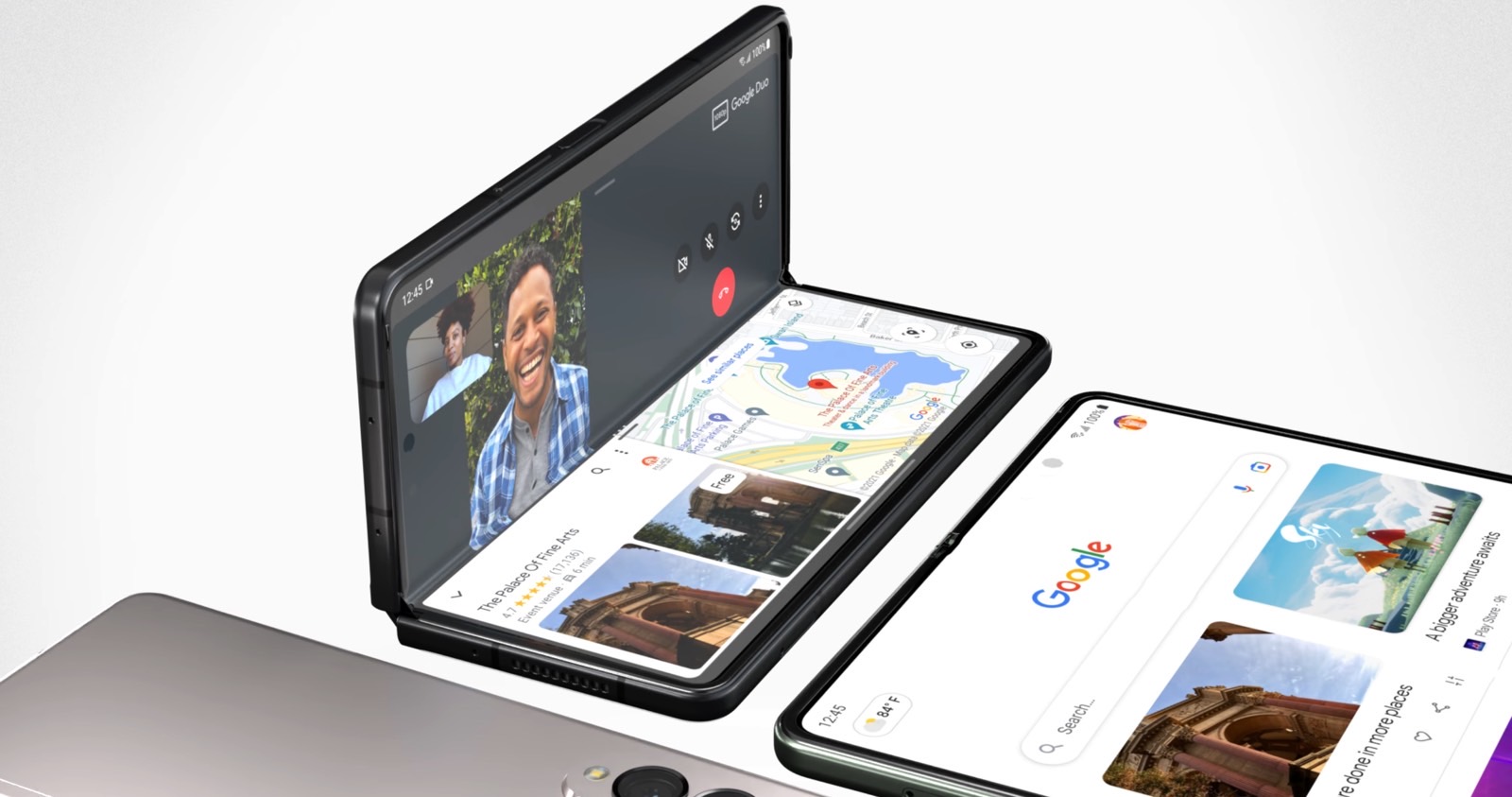Like clockwork, Samsung president and head of the mobile division TM Roh penned a blog this week, just a few weeks ahead of the upcoming Unpacked press conference that will focus on this year’s Galaxy Z foldable phones, the Fold 4 and Flip 4. We saw the same thing happen last year, and we now expect Roh to keep writing similar blogs with every Fold and Flip release.
Roh just hinted that Samsung sold a massive number of foldable phones in 2021 by mentioning a figure of 10 million foldable phone sales for the period. Or so it seems. Because, when you think about it, 10 million units is a drop in the bucket for Samsung, whose smartphone sales routinely pass 250 million units a year.
Roh’s remarks indicate what some consumers might have already realized: Foldable phones might not be worth it yet. What Samsung really needs is a foldable iPhone to lead the way.
Foldable phones like the Galaxy Z Fold and Flip are fascinating on paper. They offer larger screens and smaller footprints. The Fold is especially exciting as it lets the user make the most of two types of devices — a smartphone and a tablet.
A brief history of Samsung’s foldable phones
Samsung has been at the forefront of foldable handsets for years. It teased the form factor well before the technology was ready. And then it released the first Galaxy Fold before actually testing it properly in real-life environments. The initial launch failed miserably, as Samsung had to find fixes for critical design flaws that led to the destruction of the phone.
The Fold 2 and Fold 3 significantly improved the phone’s durability, especially the latter. The Fold 3 is the best possible foldable phone that Samsung can make. And even so, the Fold 3 is hardly perfect. The Fold 4 should fix some of the usability and design issues the Fold 3 suffers from. The new foldable will have a larger external display and weigh less than its predecessor.

But Samsung’s foldables aren’t true flagships like the Galaxy S and Note. The Fold series actually helped “kill” the Note without replacing it. The camera experience is still unable to match that of the Galaxy S Ultra, although the Fold 4 might change that. The Flip 4 is even further away.
Not to mention that Samsung can’t fully control the software. Samsung’s success in the foldable business hinges on Google’s willingness to adapt Android for foldable screens. And it’s up to Google to convince Android app developers to update their apps to make the most of Fold and Flip phones. But why go through all that hassle for just 10 million potential customers?
Add to that the flagship price for a somewhat fragile, not-flagship device, and you’ll get why people won’t want a foldable instead of a traditional phone, especially in this economy.
Are foldables really going mainstream?
This brings us to Roh’s new post about Samsung foldable phones titled The Mainstream Moment for Foldable Smartphones Is Here.
In this post, he said the industry registered almost 10 million foldable smartphone sales worldwide last year. That’s an increase of more than 300% from 2020. And Roh says he predicts “this fast-paced growth will continue.”
“We are reaching the moment where these foldable devices are becoming widespread and staking a bigger claim in the overall smartphone market,” he said.
A quick back-of-the-napkin calculation tells us that handset makers should sell 30 million foldable phones this year to keep that 300% pace in place. That is hardly reasonable for the economy we’re currently living in.
Not to mention that some estimates see Samsung selling only 15 million foldable phones in 2022. It’s unlikely that Chinese companies can make up for the rest. And a foldable iPhone isn’t coming anytime soon.

How many Galaxy Z Fold 3 units did Samsung sell?
Then, Samsung might sell only 10 million Fold 5 and Flip 5 units in 2023. If these estimates are accurate, Samsung’s foldable sales will grow by 50% this year compared to the entire industry’s performance in 2021. And then they’ll stay flat next year in a best-case scenario.
To put things in perspective, Apple routinely sells around 200 million iPhones yearly. For massive profits and without crazy deals in place.
Also, annual smartphone shipments have reached at least 1.28 billion units per year since 2014.
Meanwhile, reports say that Apple can’t make a foldable iPhone because it can’t mass-produce enough foldable glass covers to satisfy its needs. That implies that foldable iPhone volumes would be so large no supplier could handle the parts order. Not even Samsung, whose foldable phone tech might very well end up inside a foldable iPhone.
Let’s also observe that Roh did not reveal which foldable smartphones sold the best. Last year, Samsung sold four foldable handsets: The Fold 2, Flip 2, Fold 3, and Flip 3. But he did say that 70% of Samsung’s buyers opted for the Flip experience rather than the Fold.
The Note would have probably outsold all Samsung foldables combined last year. But Samsung had no Note 21 in stores. Apple’s iPhone SE 2 outsold the Galaxy Folds and Flips combined. And while that’s a mid-range device, it still delivers better durability and performance than any Samsung flagship.

Where the foldable iPhone could help
These are all signs that Samsung’s foldable phones while doing well, are hardly getting to be mainstream devices. And while Samsung has been selling more foldables than anybody else, it barely has any competition. Some of the exciting foldable phones from China aren’t available widely.
Not to mention that Samsung ran massive campaigns to convince buyers to try and keep foldable phones. You could try the Fold 2 for 100 days and then return it. Or trade in everything but the kitchen sink to buy a Fold 3, with a retail price starting at $1,799. The Fold 4 isn’t out yet, but you can already save up to $200 on it by reserving the right to preorder it.

Time will tell whether Samsung can accelerate the rate of foldable smartphone innovations without a real competitor to pressure it. And whether foldables will go mainstream with Samsung as the locomotive.
But that’s where a foldable iPhone would really help. Samsung would not rest on its laurels and write self-congratulatory blog posts every summer if a foldable iPhone were to launch just a few weeks after the newest Fold.
Also, the more time that passes without a foldable iPhone, the harder it will be for Samsung to replace the traditional smartphone with a foldable form factor. And at 10 million units sold annually, that’s hardly going mainstream. That’s because something else might kill traditional smartphones: The sophisticated AR glasses of the future. And that sort of tech is a priority for Apple.
That’s not to say all the tech Samsung has devised for foldable phones won’t come in handy. But the world might use it to create other types of foldable devices instead of phones.








